|
Jicama is a root's whose exterior is yellow and papery, while its inside is creamy white with a crisp texture that resembles raw potato or pear. The flavor is sweet and starchy, reminiscent of some apples or raw green beans, and it is usually eaten raw, sometimes with salt, lemon, or lime juice, and chili powder. It is also cooked in soups and stir-fried dishes. Jícama is often paired with chili powder, cilantro, ginger, lemon, lime, orange, red onion, salsa, sesame oil, grilled fish, and soy sauce. It can be cut into thin wedges and dipped in salsa. In Mexico, it is popular in salads, fresh fruit combinations, fruit bars, soups, and other cooked dishes. High in vitamin C and low in carbs, Jicama is a great option for a low glycemic diet. When fresh it is juicy and tender with a crisp snap. Look for them in most produce departments, but make sure the skin is thin and slightly papery. As they remain in storage or are picked over mature they become tough and fibrous. Part of the plant or poisonous, so if you want to grow your own, make sure small children are not able to reach the leaves and stem. Do not cook or use any other part of the plant, except the root. 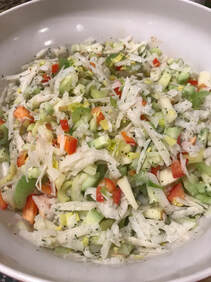 Jicama Slaw - A great refreshing summer salad dish 1 small or 1/2 a large fresh jicama root, skinned and grated 5-6 stalks of celery, including the leafy tops, thin slices 1 large or 2 medium red, orange or yellow bell peppers, diced 1 large or 2 small gala or other semi-sweet apple, thin slices and diced 1 large or 2 small cucumbers, peeled and diced 1/3 - 1/2 cup plain goats milk kefir 1 tablespoon raw honey 1/4 cup apple cider vinegar 1 - tablespoons dried celery tops* or fresh mint chiffonade Salt (whole salt with color) and fresh ground black pepper to taste Place all the ingredients in a large bowl and toss with the liquid ingredients, add the salt and pepper to your taste and serve. Can be served on a bed of romaine or with tacos as it is a great companion of a spicy hot oily dish! This summer salad provides a lot of structured water with it's very juicy vegetables, aids constipation and resolution of "heat" conditions of the digestive tract. * When I get a particularly leafy bunch of celery I like to take the bulk of the deeper green leafy tops and dehydrate them for use as a dried herb. These darker green tops can be tough and a bit bitter, but as a dried herb they bring the quality of parsley (celery's cousin) to the party without the somewhat metallic taste parsley can have. Here in Arizona, all you need to do to dehydrate your celery tops is to place them in a colander, set them out on a warm day and within a day or so they will be nicely crisp and dry. Flake them in a large bowel and transfer to a small jar or shaker. Small dehydrators are relatively inexpensive and are a great tool for preserving foods and making all kinds of tasty recipes. Jicama is a very versatile ingredient! Enjoy these other Jicama recipes...
0 Comments
|
VanessaPassing on my experience with natural foods and sharing recipes from others as well. Archives
June 2020
Categories
All
|
BRIDGE TO HEALTH
|
Bridge to Health Wellness
Awaken & Evolve Learning Center 7610 East McDonald Drive, Suites E & K Scottsdale, AZ 85250 805-235-8071 ~ Email |
|
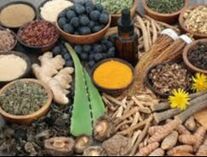
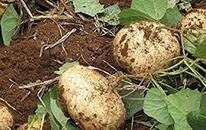
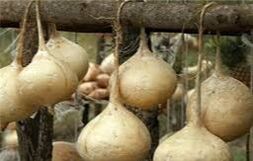
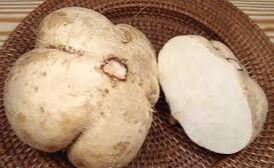
 RSS Feed
RSS Feed



